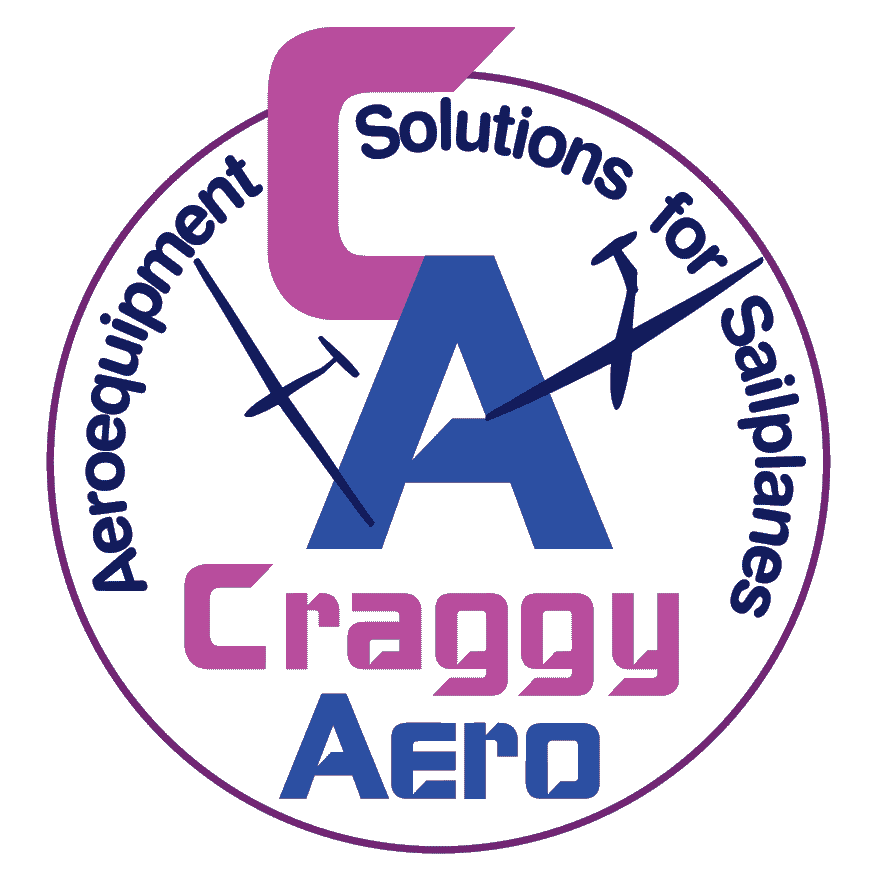1090ES: Mode S Extended Squitter Transponder. An ADS-B
transceiver operating on one of two FAA-approved datalink frequencies. It
operates on 1090 MHz, using a Mode S Extended Squitter transponder (1090ES
for short, referring to the ADS-B information appended to the Mode S
data). 1090ES is the international standard; in the United States, it is
required for operations above 18,000 feet and for Part 135 operations.
While the 1090 ES datalink provides traffic information, it does not
receive weather data.
ADS-B: Automatic Dependent
Surveillance-Broadcast. In this core technology behind the FAA’s
Next-Generation Air Traffic Control System, a datalink transceiver
automatically broadcasts the aircraft’s location and other data at regular
intervals. The system doesn’t wait to be interrogated, like a transponder.
SSR: Secondary surveillance radar (SSR) is a
radar system used in air traffic control (ATC), that not only detects and
measures the position of aircraft, i.e. bearing and distance, but also
requests additional information from the aircraft itself such as its identity
and altitude. Unlike primary radar systems that measure the bearing and
distance of targets using the detected reflections of radio signals, SSR
relies on targets equipped with a radar transponder, that replies to each
interrogation signal by transmitting a response containing encoded data. SSR
is based on the military identification friend or foe (IFF) technology
originally developed during World War II, therefore the two systems are still
compatible.
ADS-R: Automatic Dependent Surveillance-Rebroadcast.
ADS-B has two datalink systems, and because they use different
frequencies, they can’t talk to each other. Enter ADS-R, a ground-based
system which relays 978-MHz UAT traffic to 1090-MHz Mode S Extended
Squitter traffic, and vice versa. In areas with radar service, information
on non-ADS-B aircraft is broadcast to aircraft equipped with ADS-B In.
TIS-B: Traffic Information Service Broadcast. TIS-B is
an uplink of radar-identified traffic from ground stations to
ADS-B-equipped aircraft. This traffic can be displayed in panel-mounted
avionics, or on a tablet or other electronic display, along with ADS-B
traffic received directly or via ADS-R.
FIS-B: Fight Information Service-Broadcast. FAA ground
stations transmit FIS-B—which includes no-fee weather, temporary flight
restrictions, and other data—over the Universal Access Transceiver (UAT)
datalink frequency. FIS-B is considered an advisory service and includes
METARs and TAFs; Nexrad precipitation maps; airmets, sigmets, and
convective sigmets; winds and temperatures aloft; pireps; TFRs; and status
of special use airspace.
CDTI: Cockpit Display of Traffic Information. Traffic
information received via ADS-B—whether directly, via ADS-R, or through TIS-B—is
displayed on a multifunction display (MFD), other panel-mounted avionics,
or on an iPad or other portable electronic device.
UAT: Universal Access Transceiver. An ADS-B
transceiver operating on one of two FAA-approved datalink frequencies. A
UAT operates on 978 MHz (978UAT). Equipment costs generally are lower than
for 1090ES, and this frequency can receive free traffic and weather
information (the UAT must also support the optional ADS-B In). The United
States is the only country using the UAT standard.

